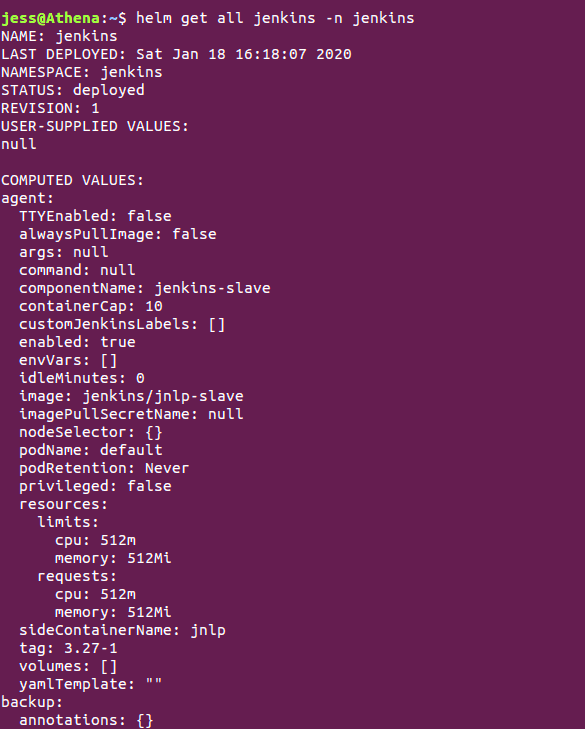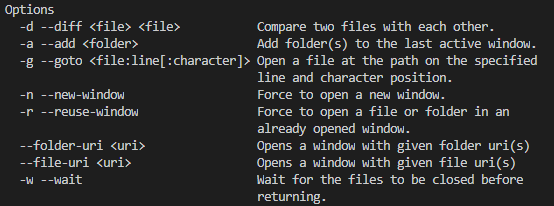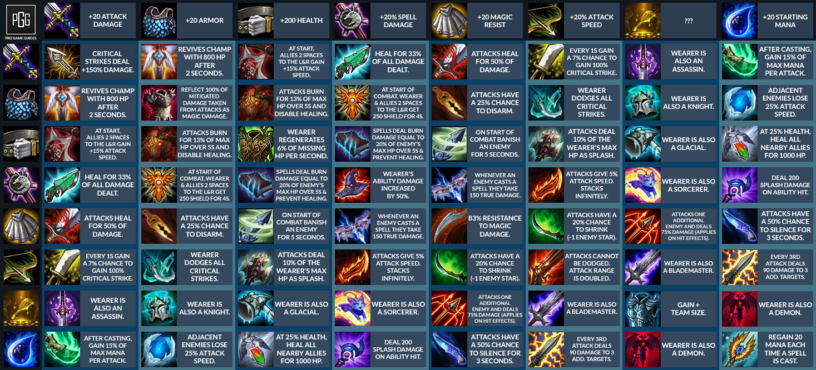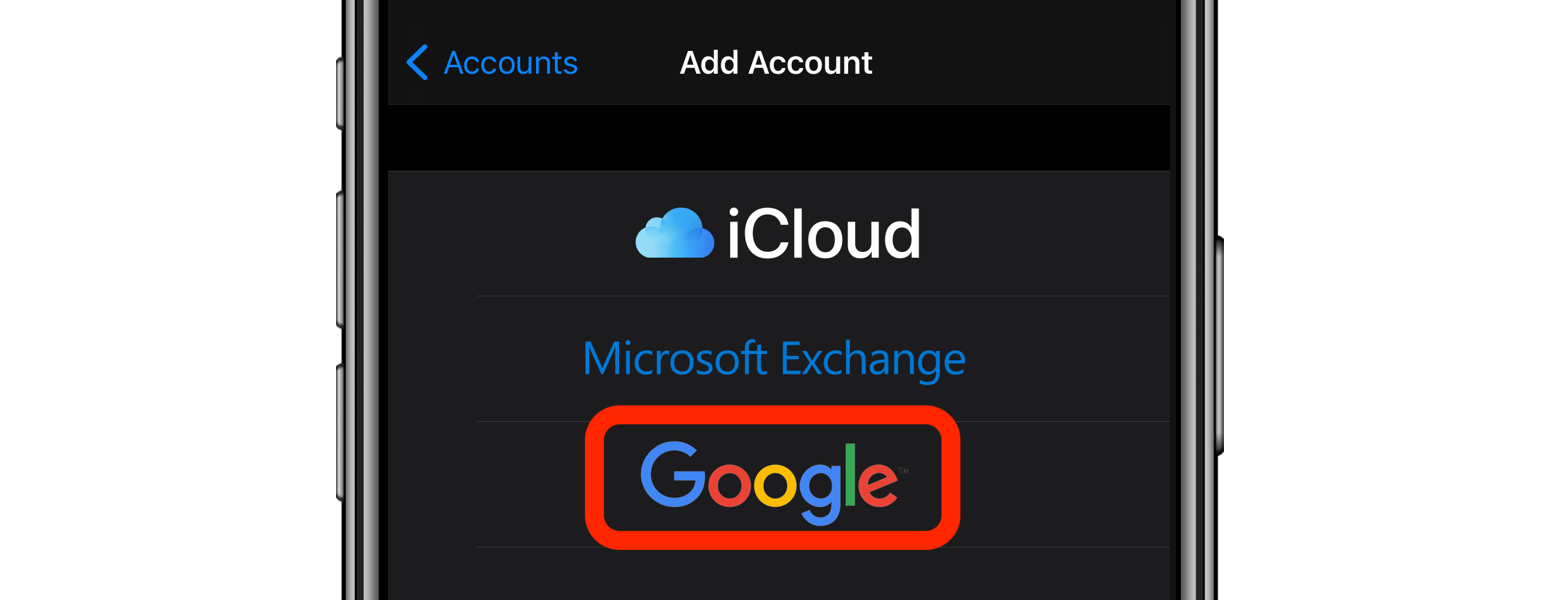1 ARM Template schema
The first element, by the convention of a template. It contains the location and the schema name along with its version.
The schema name defines the scope of the template.
Helm Cheat Sheet Add a repository from the internet Remove a repository from your system Update repositories. chart helm upgrade release chart -atomic. Helm Cheat Sheet Add a repository from the internet Remove a repository from your system Update repositories List chart repositories Generate an index file containing charts found in the current directory Search charts for a keyword Search repositories for a keyword Search Helm Hub List all the available releases in the current namespace.
| Scope | Latest Version | Json Shema |
|---|---|---|
| Resource group | 2019-04-01 | deploymentTemplate.json |
| Subscription | 2018-05-01 | subscriptionDeploymentTemplate.json |
| Management Group | 2019-08-01 | managementGroupDeploymentTemplate.json |
| Tenant | 2019-08-01 | tenantDeploymentTemplate.json |
| Parameter | 2019-04-01 | deploymentTemplate.json |
2 Content version
Content version is used in template files and parameters files. It let you define versions across your template files. Useful when using linked templates. The format should be but it's a convention, not a requirement.
3 Metadata
Optional, let you define any property you want to document your template
4 API profile
Optional. Useful if you plan to deploy the template on Azure Cloud and Azure Stack or Azure Gov. API profile ensure that API version of each resource in the template are available in the target environment and you do not have to provide API version at the resource level.
5 comments
ARM template allows you to comment your code either with a single line comment // or multiline comments with /* */
6 parameters
Parameters are the user's inputs. Each parameter is typed (string, int, array, bool, object, secureString and secureObject). You can have a default value (defaultValue), allowed value (allowedValue an array), maximum and minimum length (maxLength and minLength for string and array), maximum and minimum value (maxValue and minValue for int value), and a description through metadata:description.

7 functions
This section lets you define your functions in your template. Often these functions are called user-defined functions to avoid confusion with built-in template functions. To create a function, you need to create a namespace and define parameters and output.


8 variables
Variables let you define values and make them available in all other template sections, but not in the parameters section. Values can be constants, a single value, or an expression.
9 Resources

The resource section is where you define what you want to deploy. It's an array where you
define what you need to deploy.
Resources
10 Output
The purpose of this section is to return information after the deployment. Each value has a type, the same type as in the parameters section.
Install
Create simple app
Create app.py files:
requirements.txt:
and Dockerfile:
Run docker:
Change barteks into your Docker Hub username.
Then you can check your docker with:
Now push the docker to Docker Hub
Helm Chart Cheat Sheet 5e
Run it in Kubernetes
Let’s test it in minkube. Run minikube:
With yaml
Create deployment.yaml with
Then
Helm Chart Cheat Sheet Dnd
Clean
Chart Patterns Cheat Sheet
Helm
Also in templates/deployment.yaml correct the port of the container:
You can check your helm files with (run it from simple-helm-chart directory)
Now you are ready to package (run it from root directory):
You should have simple-helm-chart-0.1.0.tgz file.
Run helm in Kubernetes
In k8s cluster run:
Then, in minikube:
Get status:
Uninstall
Simple excel project plan template. Updated: 2020-12-13

